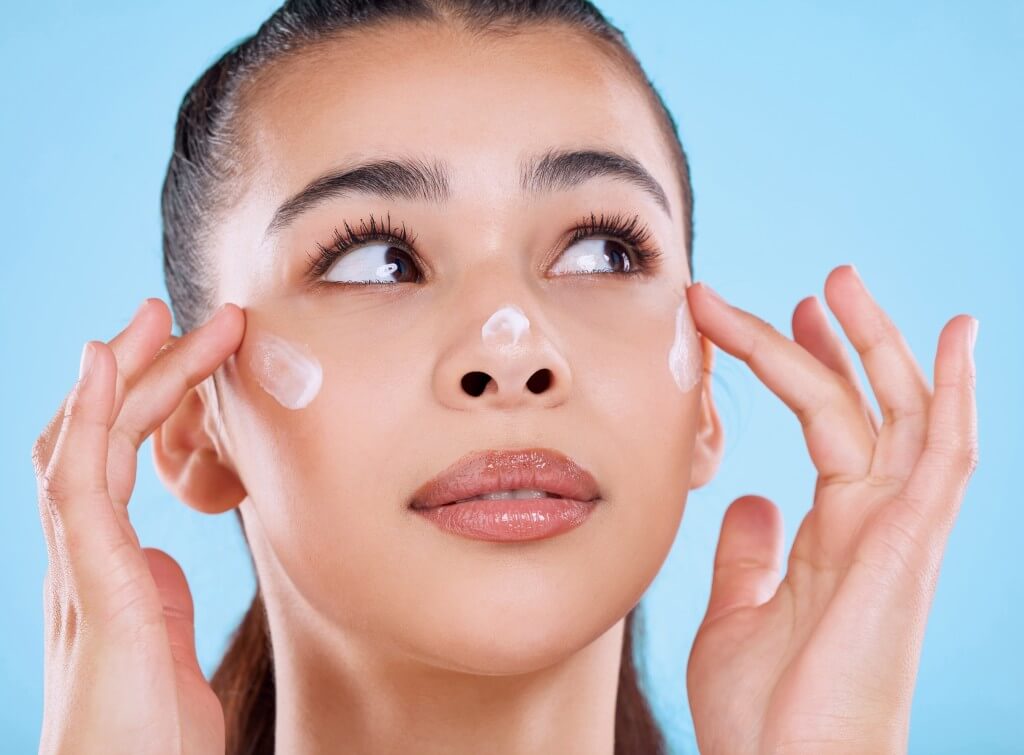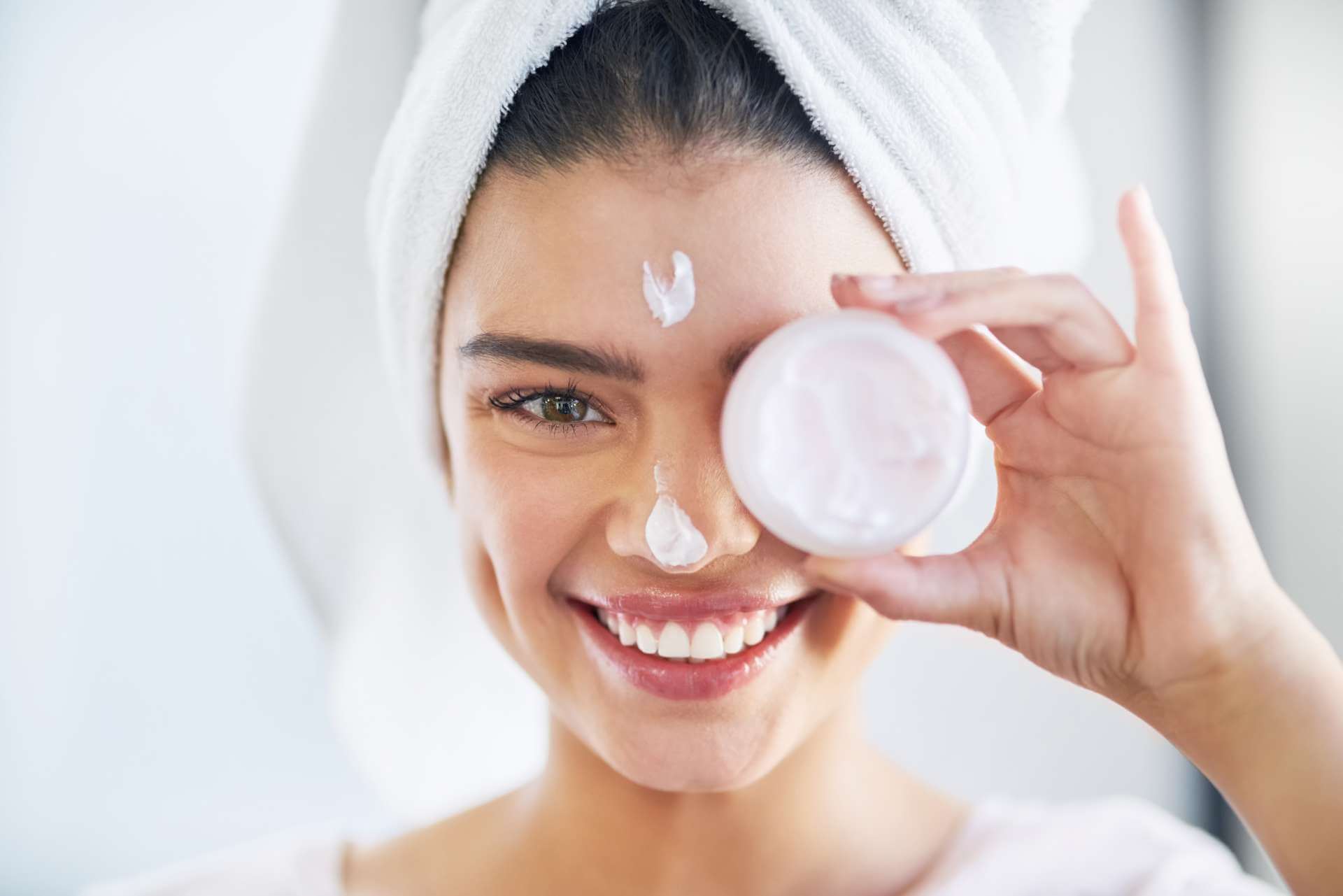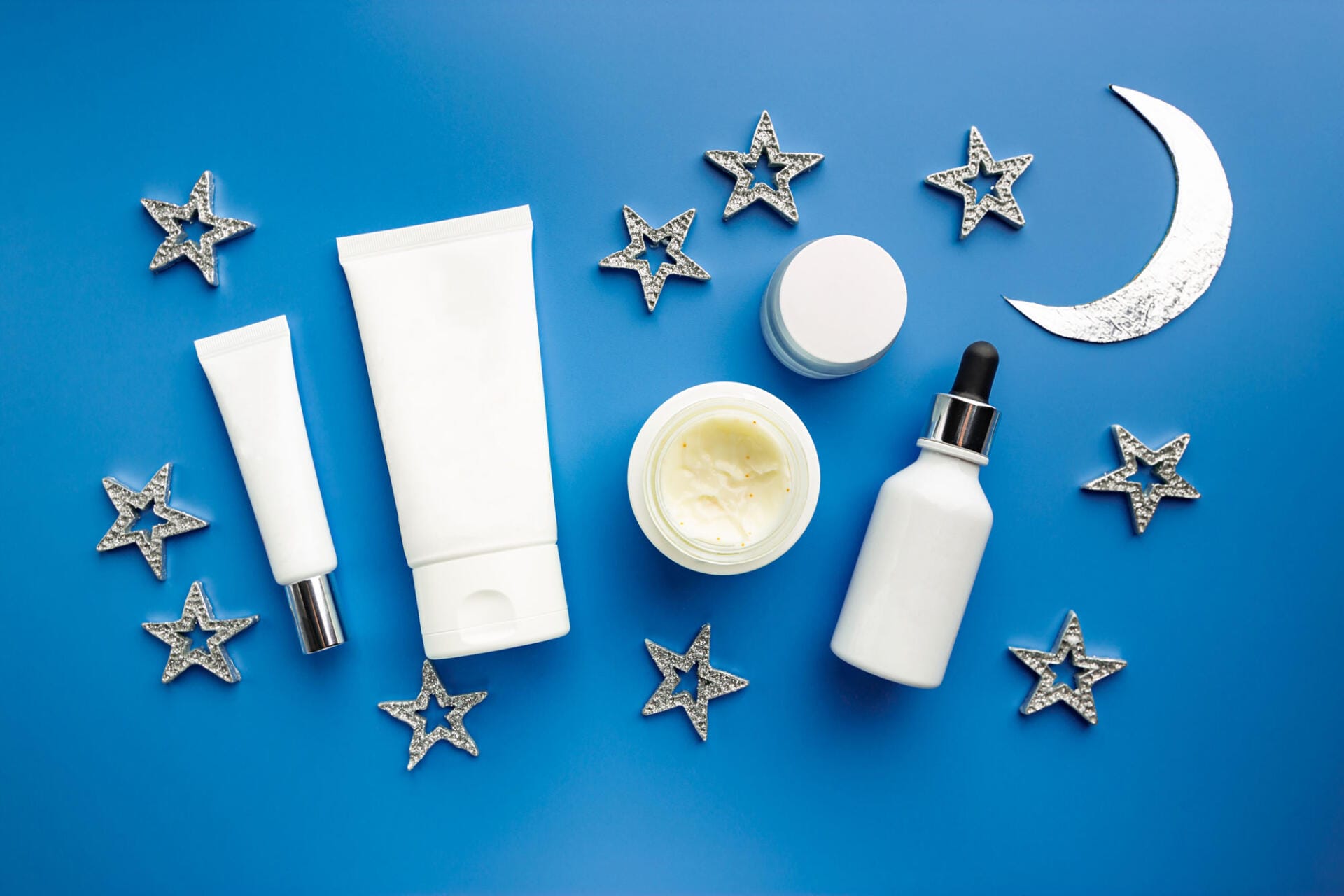Achieving a radiant, healthy complexion often requires a multi-step skincare routine. However, the effectiveness of your skincare regimen doesn’t just depend on the products you choose; it also hinges on how you apply them. Properly layering your skincare products can significantly enhance their benefits, ensuring your skin absorbs all the nutrients and active ingredients.
Start with a Clean Canvas
The first step in any skincare routine is cleansing. This step is essential because it removes impurities, makeup, and excess oil that can clog pores and interfere with the absorption of your skincare products. Whether you prefer a gentle foaming cleanser, an oil-based cleanser, or a micellar water, ensure your face is thoroughly clean before applying any other products. Cleansing also preps your skin, creating a fresh canvas ready to absorb the nutrients in your subsequent skincare steps.
After cleansing, it’s crucial to ensure that your skin is slightly damp before applying the next product. Damp skin is more permeable, allowing for better absorption of the active ingredients in your skincare products.
Apply Products from Thinnest to Thickest
When layering skincare products, the general rule of thumb is to apply them from the thinnest to the thickest consistency. This method ensures that the lighter products can penetrate the skin effectively without being blocked by heavier creams or oils.
Begin with a toner or an essence. These are typically water-based and help to hydrate the skin while prepping it for the next steps. Toners can balance the skin’s pH and remove any residue left behind after cleansing. Essences, on the other hand, are lightweight and packed with hydrating and nourishing ingredients that penetrate deeply into the skin.
Next, apply serums. Serums are concentrated treatments designed to target specific skin concerns, such as fine lines, hyperpigmentation, or dullness. They are usually lightweight and easily absorbed, making them ideal for layering under other products. If you’re using multiple serums, apply the one with the most critical active ingredients first. Allow each layer to fully absorb before moving on to the next.
Lock in Moisture
Once you’ve applied your serums, it’s time to lock in all that goodness with a moisturizer. Moisturizers are designed to hydrate the skin and create a barrier that prevents moisture loss. Even if you have oily skin, moisturizing is a step that should not be skipped. The key is to choose a moisturizer that suits your skin type—whether it’s a lightweight gel for oily skin or a richer cream for dry skin.
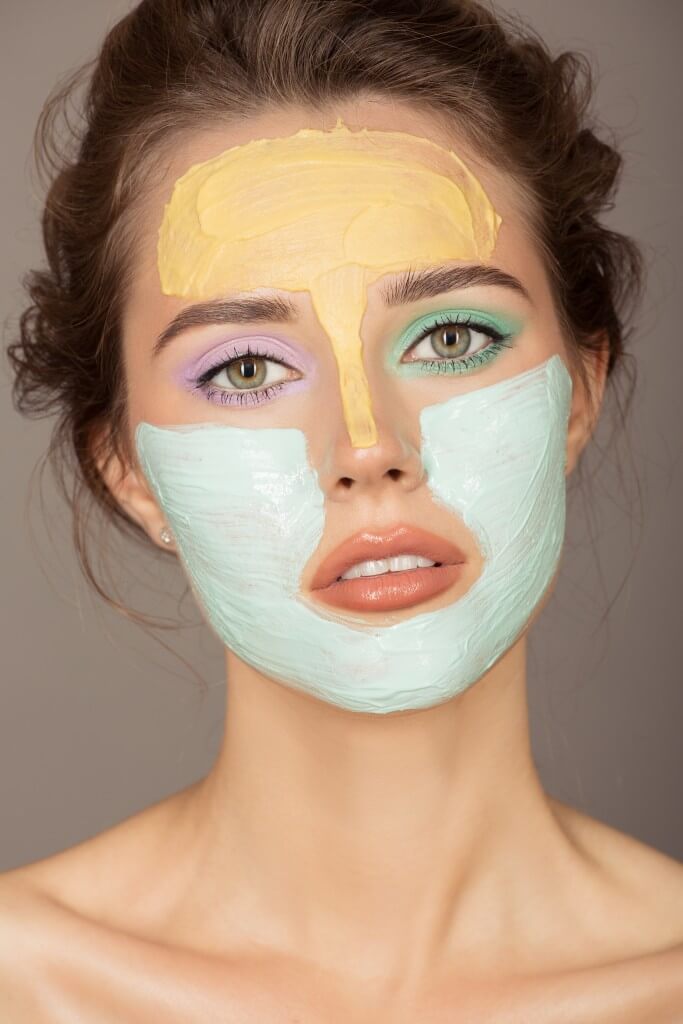
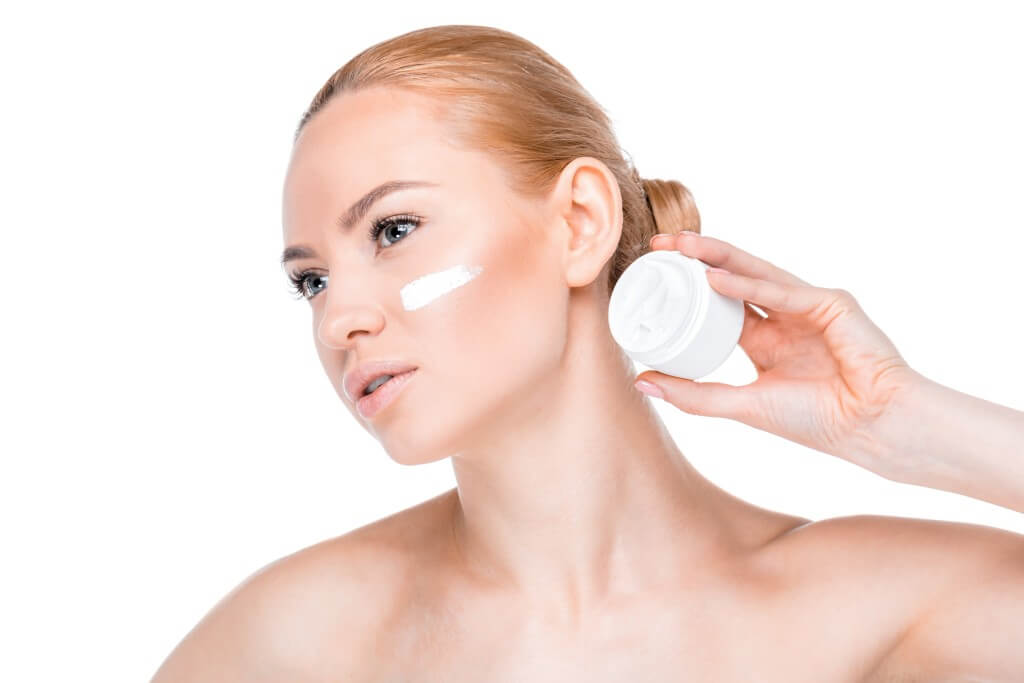

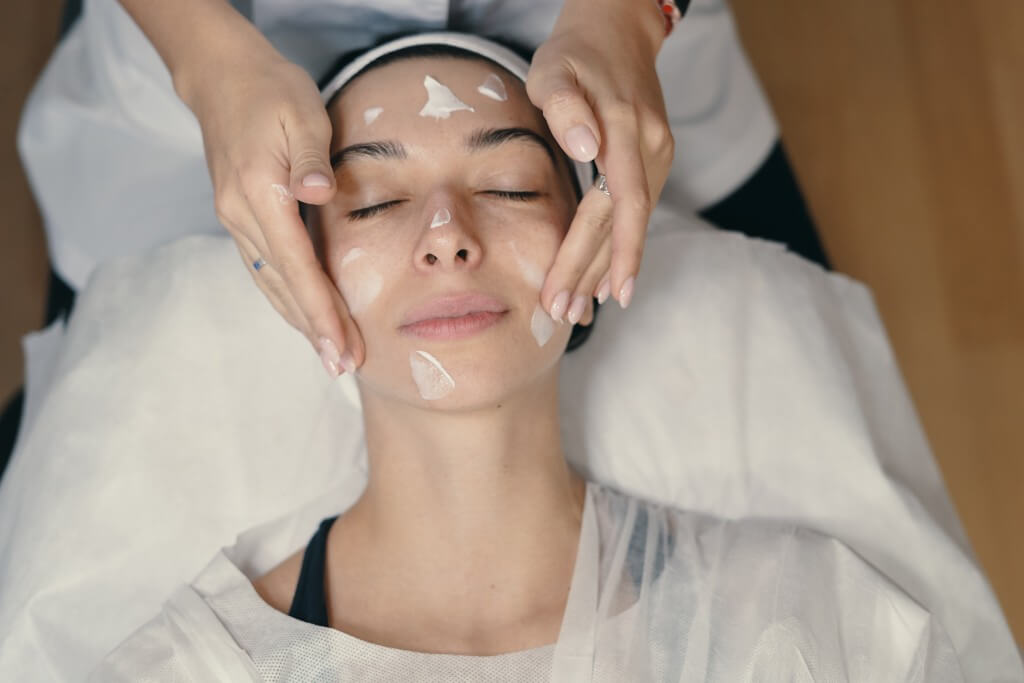
It’s worth noting that if you’re using a treatment product, such as an acne treatment or a retinoid, these should be applied before your moisturizer. These treatments often need to be in direct contact with the skin to be effective, and a moisturizer can act as a buffer that minimizes potential irritation.
Don’t Forget Sunscreen
The final and arguably most important step in your daytime skincare routine is sunscreen. Sunscreen should always be the last product you apply in the morning because it sits on the skin’s surface, protecting it from harmful UV rays. Applying sunscreen first or in the middle of your routine can dilute its effectiveness.
Regardless of the weather or your indoor/outdoor plans, wearing sunscreen daily is essential for preventing premature aging and protecting against skin cancer. According to the Skin Cancer Foundation, daily use of an SPF 15 or higher sunscreen can reduce your risk of developing squamous cell carcinoma by about 40% and lower your melanoma risk by 50%.
Nighttime Routine Adjustments
Your nighttime routine will differ slightly from your morning routine, mainly because you won’t need sunscreen. Instead, focus on repairing and nourishing your skin while you sleep. After cleansing, you may want to include a toner or essence to hydrate your skin. Follow up with your serums and treatments, then seal everything in with a night cream or facial oil.
Facial oils can be particularly beneficial at night, as they provide deep hydration and help to repair the skin’s barrier function. If you’re incorporating a facial oil, apply it as the final step in your nighttime routine. Oils are occlusive, meaning they trap moisture and active ingredients, ensuring that your skin absorbs them fully while you sleep.
Patience and Consistency are Key
While the temptation to apply products quickly may be strong, patience is crucial when layering skincare. Give each product time to absorb fully before moving on to the next step. This can take anywhere from 30 seconds to a few minutes, depending on the product’s consistency and your skin type.
Consistency is also essential. Sticking to your skincare routine every day, both morning and night, will yield the best results. Skincare is not a one-size-fits-all approach, and it may take some experimentation to find the perfect combination and order of products that work best for your skin.
Adapt Your Routine to Your Skin’s Needs
Your skin’s needs can change due to various factors, including the weather, stress levels, and age. During colder months, you may need to incorporate richer, more hydrating products, while in the summer, you might opt for lighter, oil-free formulas. Pay attention to how your skin responds to your current routine, and don’t hesitate to adjust your products accordingly.
Additionally, if you’re introducing a new product into your routine, do so gradually. Start by using it every other day or a few times a week, and slowly increase the frequency as your skin adjusts. This method helps to avoid overwhelming your skin and minimizes the risk of irritation.
Special Considerations for Sensitive Skin
If you have sensitive skin, layering skincare products can be a bit more challenging. It’s important to choose products that are gentle and free from harsh ingredients like alcohol, fragrances, or certain preservatives. Layering too many products or using too many active ingredients can lead to irritation.
To minimize the risk of irritation, consider simplifying your routine to just a few key steps: cleanse, treat, moisturize, and protect. Opt for products specifically formulated for sensitive skin and introduce new products one at a time. This approach allows you to monitor how your skin reacts and identify any potential triggers.
The Importance of Patch Testing
Before adding a new product to your routine, patch testing is a crucial step that shouldn’t be overlooked. Apply a small amount of the product to a discreet area, like behind your ear or on your inner wrist, and wait 24 to 48 hours to see if any adverse reactions occur. Patch testing can help you avoid potential skin reactions like redness, itching, or breakouts, ensuring that the products you choose are compatible with your skin.
Perfecting Your Routine
Layering your skincare products correctly is essential for maximizing their benefits and achieving your best skin. By starting with a clean canvas, applying products from thinnest to thickest, and being mindful of how your skin reacts, you can create a routine that works harmoniously with your skin’s needs. Remember to be patient, consistent, and adaptable as your skin’s requirements evolve over time.



